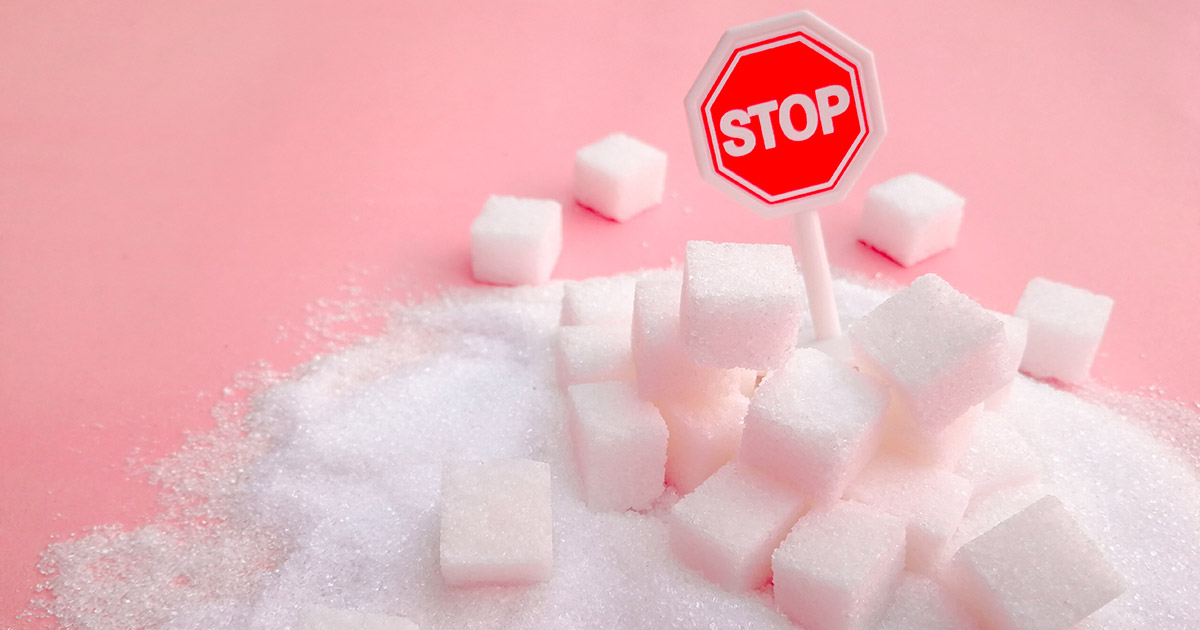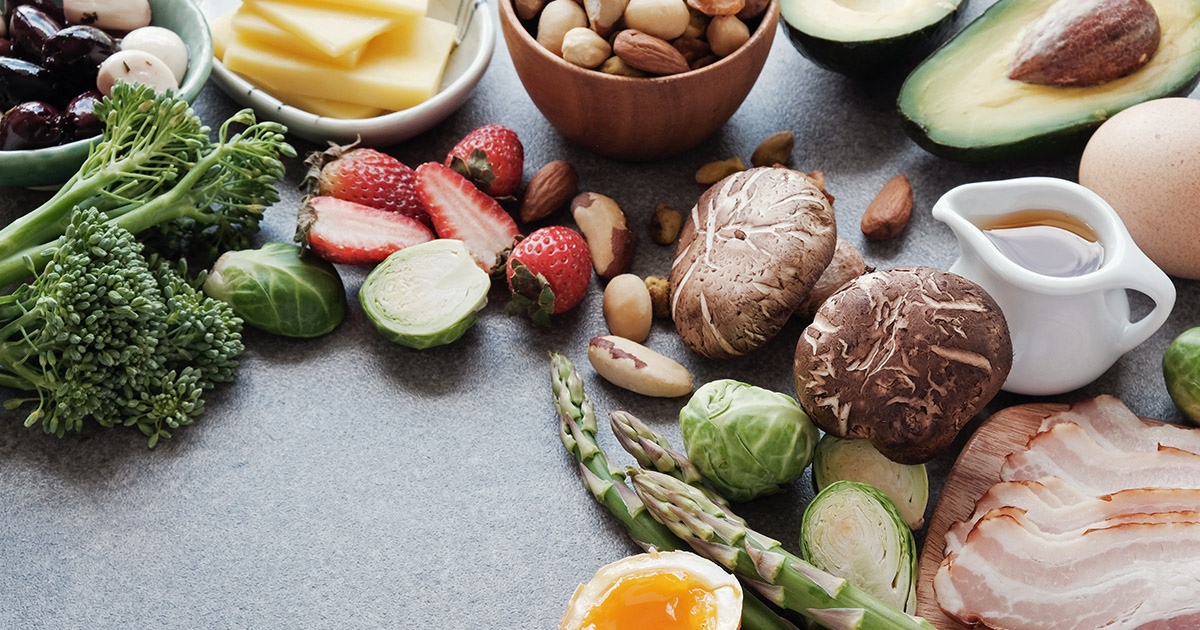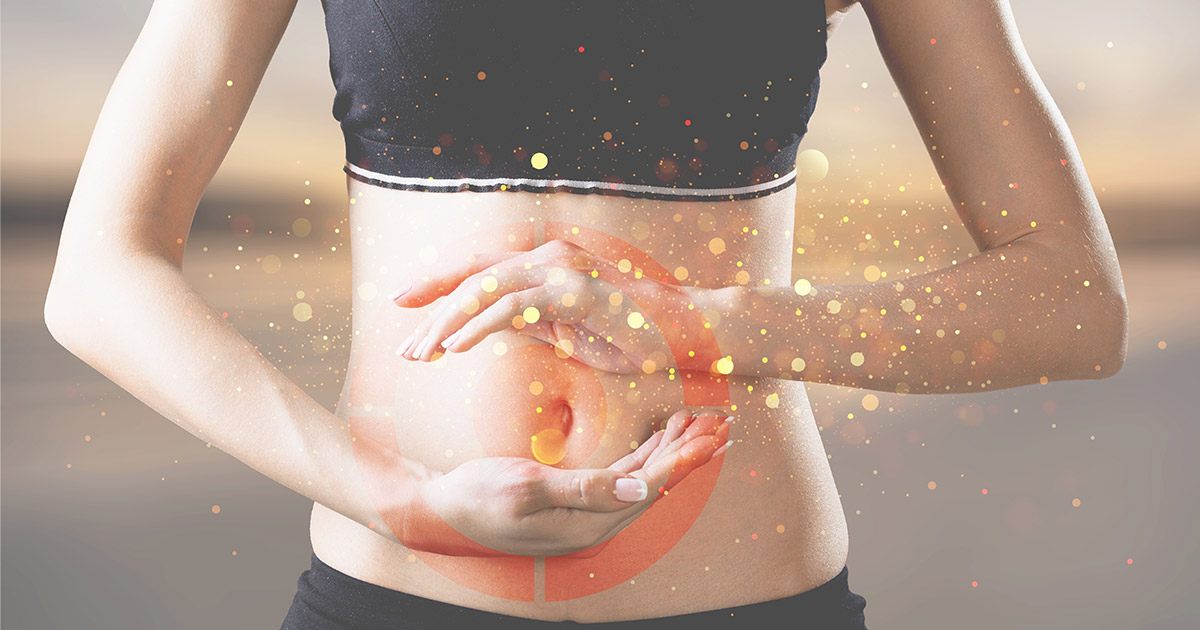Ketoadaptation – Detoxification: possible symptoms
dr. reinwald metabolic regulation® – Part 5
Energy production in a ketogenic diet takes place mainly via fat metabolism and the production of ketone bodies. The aim is to restore the ketolysis ability, i.e. the utilisation of ketone bodies as a source of energy by the brain and the other tissues, controlled by enzymes, with the exception of the liver, which, together with the intestine and other organs, e.g. also the astrocytes of our brain, produce ketone bodies.
Ketolysis ability through high-quality fats
For this reason, special attention should also be paid to the intake of oils or fats with medium-chain fatty acids (MCT oils), as listed in my food table, as they contribute to the energy supply independently of ketone bodies and glucose, and the MCTs do not require lipotransport proteins (chylomicrons).
In the phase of ketoadaptation, i.e. the adaptation of our organism to an essentially normal metabolic switch from sugar to fat and then ketosis metabolism, there can be temporary disturbances in energy metabolism in the brain with numerous symptoms. They are signs of a disturbed fat metabolism caused by a prolonged excess of sugar and carbohydrates. This has led to the enzymes required for ketolysis no longer being produced in sufficient quantities. Production must first be stimulated again. The symptoms can range from eye flickering, dizziness, nausea to temporary visual impairment.
Symptoms of Ketoadaptation and Detox
- Confusion
- Dizziness
- Dry mouth
- Vision problems
- Palpitations (tachycardia)
- Tremor
- Feeling unwell (nausea)
- Sweating
- Headaches
If you do not manage to get over this transition phase quickly into healthy fat metabolism, then eat some low glycaemic carbohydrates in the form of e.g. fruit. However, you are only normal, i.e. metabolically healthy, when such a transition occurs quickly and, above all, smoothly and without “stuttering”, as in the case of a hybrid engine from electric to petrol supply.
Close your eyes and get through it
Do not under any circumstances eat fast-acting and insulin-driving glucose, because this is guaranteed to prevent the desired adaptation to a healthy fat metabolism. At the same time, try to stay low in sugar and carbohydrate intake so as not to unnecessarily delay the keto adaptation phase. Think of it as a kind of “energy muscle soreness” of the brain. You have to get through it. Unfortunately, very few doctors and hardly any coaches in competitive sports know this, at least in Germany. The books by the two US sports physicians Dr Stephen Phinney and Dr Jeff Volek are recommended. There are also many good lectures by both of them available free of charge on the net. If you know English well, it is worthwhile to have a look at them. There are also two very good books by the two on the subject.
Depending on the requirement profile, the amount of fat consumed can vary. I.e. the recommended amount of dietary fat depends on the dietary goal: weight loss/loss, weight gain in emaciated people, blood sugar regulation in diabetics or neurological or other chronic diseases. The amount of dietary fat, like the amount of protein, should be evaluated individually in the context of a nutritional intervention and as an accompaniment to other therapeutic strategies. Since it is always a question of sugar and calorie reduction, overweight people should carry out the metabolic programme with correspondingly less coconut, palm oil or butter, but at the same time make sure that they consume sufficient necessary proteins and essential fatty acids, otherwise fat burning can be “blocked”. Eating omega-3 fatty acids works better, as studies have shown. On the one hand, we want to make greater use of the body’s own fat reserves in order to reduce weight, but without foregoing the nutritionally important benefits of fatty acids, especially for brain nutrition. This refers primarily to the omega-3 fatty acids DHA/EPA, which, with a few exceptions such as algae, are found exclusively in animal food.







